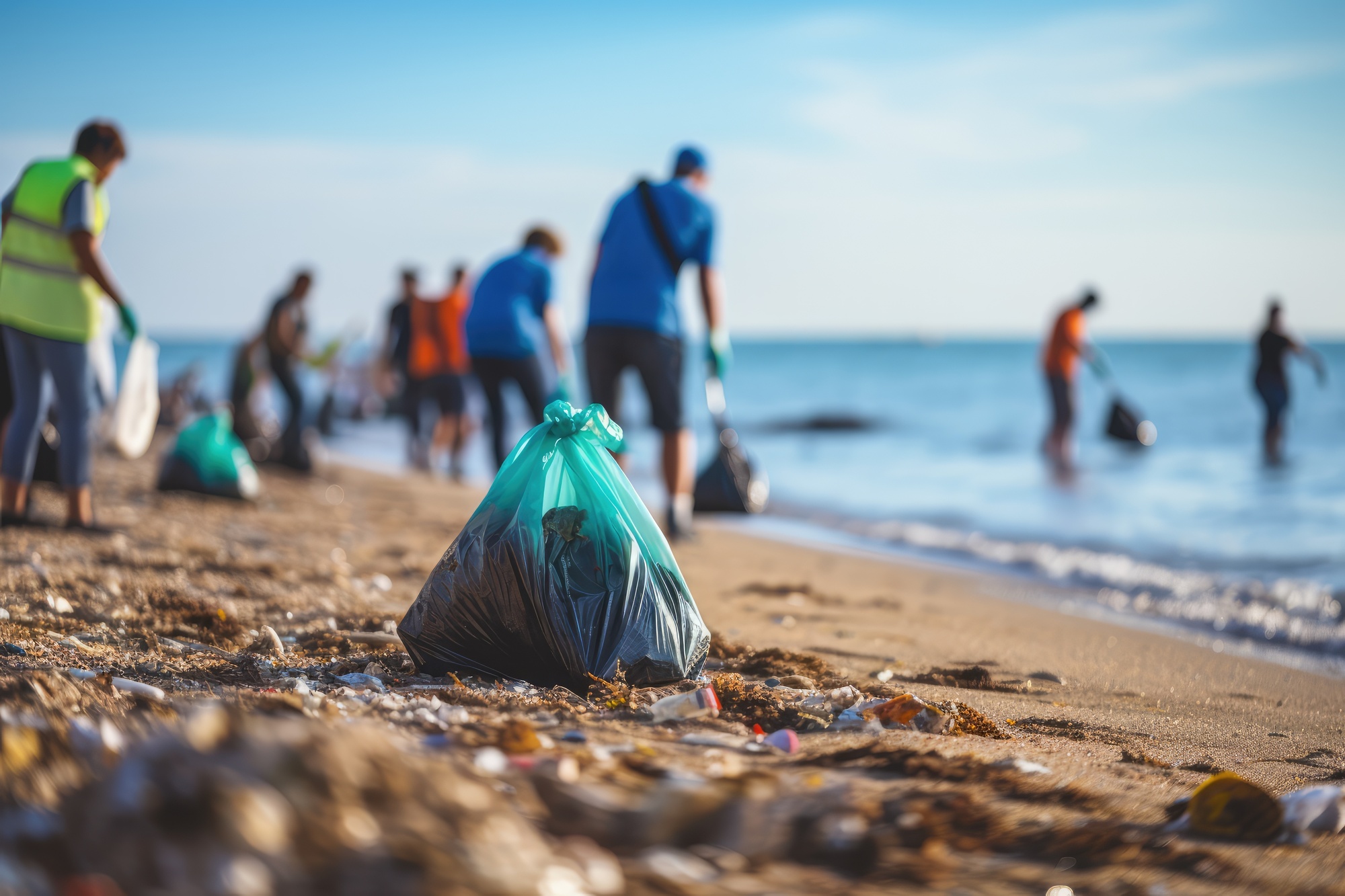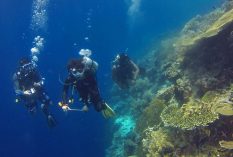Are you passionate about protecting our beautiful coastlines and marine ecosystems? Participating in coastal cleanup efforts is a rewarding way to positively impact the environment while enjoying the beauty of the coastal regions.
That said, this beginner’s guide will walk you through the steps to get involved in coastal cleanup initiatives and make a difference in preserving the ocean.
Understanding The Importance Of Coastal Cleanups
Coasts serve as the frontline against the relentless pounding of the seas and are home to diverse ecosystems. However, they are often littered with debris, harming wildlife, disrupting habitats, and even affecting human health. Seagrass restoration is critical to maintaining coastal health, offering marine life habitats, and helping stabilize the sea floor. By participating in coastal cleanups, you help protect these vital ecosystems.
Getting Started With Coastal Cleanup
Now, here’s a guide on how to become an active participant in coastal cleanup advocacies:
- Research Local Cleanup Events
The first step in participating in coastal cleanup efforts is to research and find local cleanup events in your area. Many organizations, such as environmental groups, government agencies, and nonprofits, organize these events regularly. Look for announcements online or contact local environmental organizations for information.
- Preparing For The Cleanup
Once you’ve found an event that interests you, it’s time to prepare. Here’s a checklist to ensure you’re ready for a successful cleanup day:
- Dress Appropriately: Wear comfortable, weather-appropriate clothing and closed-toe shoes that you don’t mind getting dirty.
- Safety Gear: If the cleanup involves specific hazards, such as sharp objects, bring the necessary safety gear like gloves and protective eyewear.
- Supplies: Check with the event organizers if they provide cleanup supplies. If not, consider bringing trash bags, reusable water bottles, and a hat.
- Sunscreen And Bug Spray: Protect yourself from the elements with sunscreen and bug spray, especially if the cleanup site is in a coastal area with direct sun exposure.
- Participating Actively
During the cleanup, follow these tips to maximize your impact:
- Follow Instructions: Pay attention to the event organizer’s instructions and safety guidelines. Stay within designated cleanup areas.
- Pick Up Litter: Collect litter such as plastic waste, glass, and other debris. Be mindful of wildlife and fragile ecosystems.
- Document Your Findings: Some events may ask participants to record the types and quantities of trash collected. This data helps raise awareness about pollution.
- Engage And Educate: If someone asks why you’re cleaning up the beach, take the opportunity to educate them about the importance of coastal preservation.
- Post-Cleanup Responsibilities
After the cleanup, your role is not over yet. Follow these steps to wrap up your coastal cleanup experience effectively:
- Dispose Of Trash Properly: Ensure all collected litter is disposed of correctly in designated bins or recycling containers.
- Reflect And Share: Take a moment to reflect on your experience and share your accomplishments on social media. Inspire others to join the cause.
- Stay Involved: Consider becoming a regular volunteer for coastal cleanup efforts. Many organizations welcome dedicated volunteers to help protect our coasts year-round.
- Supporting Coastal Conservation Efforts
In addition to participating in coastal cleanup events, you can further support coastal conservation efforts in various ways:
- Donations: Many organizations rely on financial support to fund their conservation projects. Consider donating to a reputable coastal conservation organization.
- Volunteer for Seagrass Restoration: Seagrass restoration is critical to coastal ecosystem conservation. You can volunteer for seagrass restoration projects that aim to replant and restore these vital underwater habitats.
- Educational Initiatives: Raise awareness about coastal conservation by engaging in educational initiatives. Host workshops, webinars, or presentations in your community to share knowledge about the importance of preserving coastal ecosystems.
- Joining Community Groups
Connecting with like-minded individuals can amplify your impact on coastal cleanup efforts. Look for local environmental or conservation groups that focus on coastal issues. Joining such groups allows you to collaborate with others who share your passion and dedication to protecting our coastlines.
- Expanding Your Knowledge
To become a more effective advocate for coastal conservation, take the time to expand your knowledge. Read books, articles, and research papers on marine biology, oceanography, and environmental science. The more you understand the intricacies of coastal ecosystems, the better equipped you’ll be to protect them.
- Encouraging Policy Changes
Advocating for policy changes is another way to make a lasting impact on coastal conservation. Stay informed about local and national policies that affect coastal areas. Write letters to your elected officials, attend public meetings, and support legislation that promotes coastal protection and sustainable practices.
- Planning Eco-Friendly Beach Visits
You can minimize your environmental footprint during beach visits even when not participating in an organized cleanup event. Here are some eco-friendly tips:
- Leave No Trace: Clean up after yourself and others by picking up any litter, even if it’s not yours.
- Reduce Plastic Usage: Avoid single-use plastics like straws and plastic bags. Instead, opt for reusable alternatives.
- Respect Wildlife: Keep safe from wildlife and nesting areas and avoid disturbing the natural habitat.
Conclusion
When you pick up each piece of litter during a coastal cleanup, engage in conversations about coastal conservation, and take the initiative to protect the coastlines, you play a vital role in shaping a brighter future for oceans and seagrass meadows. Alongside your fellow volunteers, you collectively ensure that these essential ecosystems thrive, benefiting the environment and the communities that depend on them.











